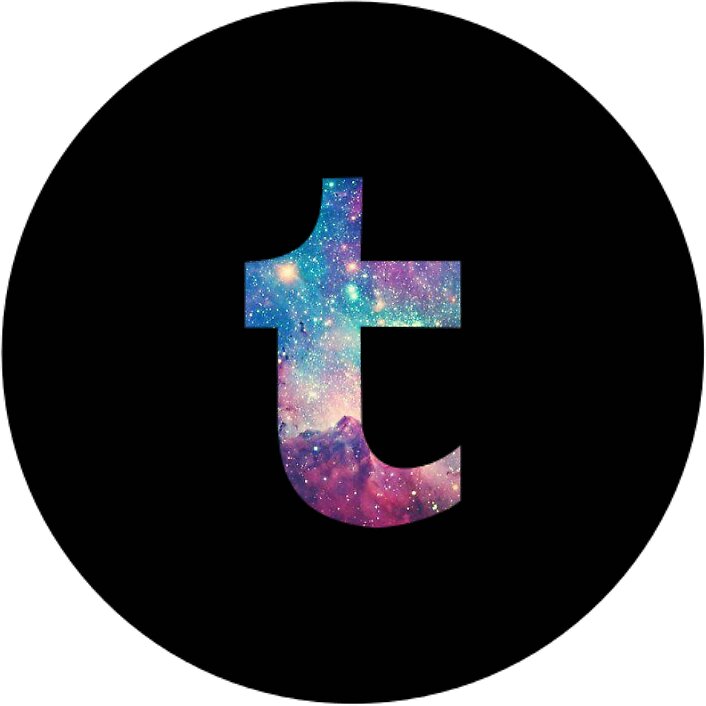
The Main Innovation Of The Blockchain
The blockchain is undoubtedly a transformative technology of the 21st century that will redefine various aspects of the organization of society. It is not then strange why its application is currently not only explored by banks or technology companies, but by all industries and governments of various countries.
The reason is that in addition to these basic functions blockchain has the ability to execute programs that lead us to its application and potential business logic. Blockchain offers solutions that far outweigh the basic logic and application of Bitcoin – a transaction. The essence of the blockchain network is in a distributed book containing the records of all transactions that occurred within the network. The main idea of the blockchain is decentralization. However, blockchain can be public and private.
Private is somewhat counterintuitive because the main purpose of this technology is the distribution of power in the system. Whatever the system of proof is at work, no group can control or change the rules arbitrarily. In this way, decentralized crypto-applications and applications have developed a checks and balances system against any operation of the opposite system. This is nothing more than a new way of maintaining an agreement, with a big difference that these arrangements are not guaranteed by any central authority.
We can say that if several different banks make a blockchain, it is not actually a blockchain, but a base. Only if banks, regulators, shareholders, and customers of the bank have access to a blockchain and participate simultaneously, opposing the power of one another, this is a blockchain. The test and balance system is the essence of this technology. That’s why a real blockchain system must be open-source, non-exclusive and decentralized.
Blockchain vs. classic database
If the blockchain is described in this way why would an organization decide to develop it against the usual database? The blockchain is an attractive solution if there is an intention or need for a database to be decentralized. A company or organization may want to achieve a greater data security.
The current databases in business networks are inefficient (each member keeps separate records – overlaps), expensive (central databases are not cost-efficient) and vulnerable to attack (it is possible to hack or enter false information). By using a blockchain, the system becomes more robust and has no single-point of failure. The distributed network cannot be hacked, manipulated, or vulnerable to attacks such as traditional databases. Centralized databases have defined user access to the system. A specific individual, organization, computer, or operating unit directly manages the system.
Because of its decentralized nature and the absence of one authority that manages the system, trust is of paramount importance in one such system. Due to the fact that it is a decentralized and distributed system, the information entered on the blockchain must be unchangeable, ie, they must not be changed subsequently. It is necessary that all who participate in the maintenance of the network (that is, validate) agree before entering the data.












